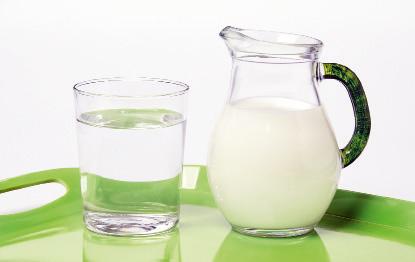
1 minute read
MATTER 1
Decanting In Roman Times
Romans certainly knew a thing or two about matter and its related concepts. They used their knowledge of pressure effects, different densities of mixtures, and separation techniques, such as decantation, very effectively. This is clear to see in their incredible constructions, such as the Segovia aqueduct and the Nimes aqueduct (France).
For a long time, people thought the large Roman reservoirs built at the ends of aqueducts, and the cisterns for collecting rainwater — such as the Monturque cistern (Córdoba) and the Theodosius cistern (Istanbul) — were only for storing water. However, recent studies have shown that they had a very different purpose. These enormous reservoirs probably acted as decanters, separating out the solid particles suspended in the water. Together with the red paint on the inner walls of the aqueduct (recent hypotheses suggest this acted as a bactericide and a fungicide), this demonstrates that water purification was very important for the Romans.
Reading And Listening
1 What determines the characteristics of an object?
a) Colour.
b) Material.
c) Shape.
2 According to Aristotle, how was matter formed?
3 What was the main contribution of alchemists to the current understanding of matter?
4 Explain what it means that Robert Boyle came back to Democritus’ idea.
Language Bank
Speaking
5 Look at the two images and describe what you observe. Then, compare them.








